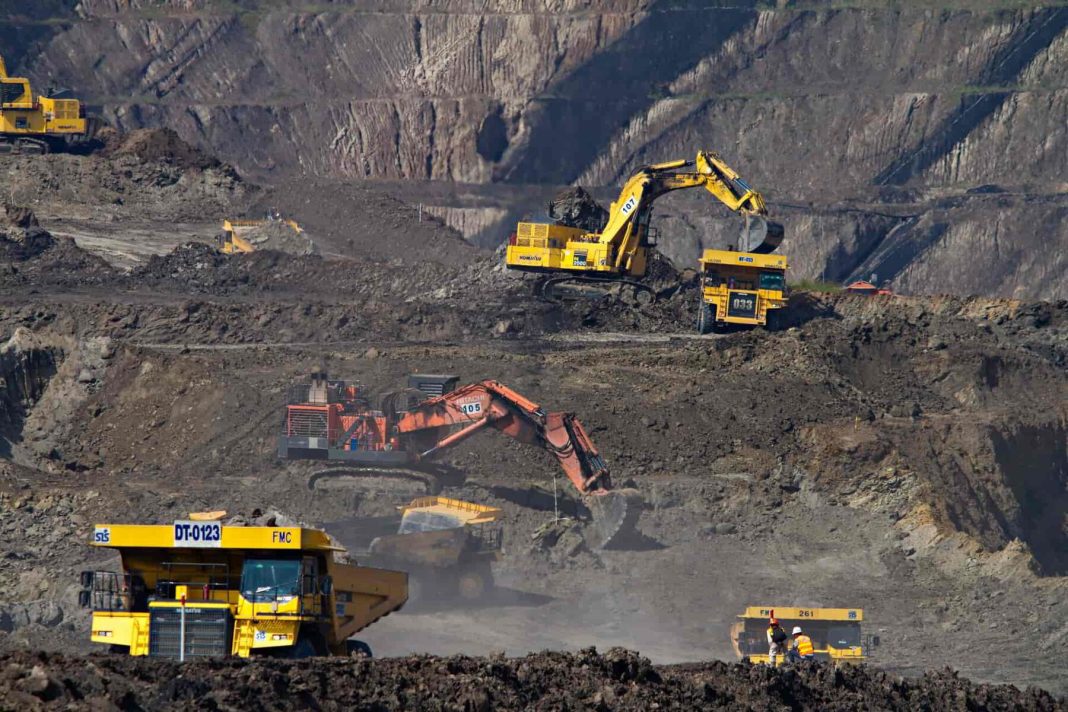 Reopening Shuttered Uranium Mines in the US to Meet Global Demand for Nuclear Power
Reopening Shuttered Uranium Mines in the US to Meet Global Demand for Nuclear Power
Introduction:
Shuttered uranium mines in Wyoming, Arizona, Texas, and Utah are reopening as federal legislation and new programs spur investment in the nuclear power supply line. The Prohibiting Russian Uranium Imports Act, passed unanimously by the Senate and signed into law by President Joe Biden in May, has led to the reactivation of at least five uranium mines across four states. These reopenings are in response to the increasing global demand for nuclear-powered electricity.
The Importance of Domestic Uranium Production:
The latest mine to reopen is Uranium Energy Corp. (UEC)’s Christensen Ranch in-situ recovery operation in Wyoming’s Powder River Basin. UEC plans to start shipping yellowcake, milled uranium oxide, from its nearby Irigaray Central Processing Plant by December. UEC President and CEO Amir Adnani emphasized the importance of reinvigorating the domestic uranium industry, which is vital for economic stability and national security. The United States currently relies heavily on imports for uranium, which has undermined domestic mining and investment.
Legislative Efforts to Promote Nuclear Power:
The Prohibiting Russian Uranium Imports Act aims to promote a “nuclear renaissance” in the United States by reducing regulations, streamlining permitting processes, and providing $2.7 billion in incentives and tax credits to expand domestic uranium enrichment capacity. This legislation was followed by the creation of a federal Nuclear Power Project Management and Delivery working group and the adoption of The ADVANCE Act in June. The ADVANCE Act aims to triple domestic nuclear power production by 2050 by providing additional incentives and tax credits for evolving technologies such as small modular reactors.
The Decline of US Uranium Production:
The United States was once the world’s largest uranium producer, with domestic operators producing and processing 44 million pounds of yellowcake in 1980. However, the reliance on inexpensive imported uranium from Russia and Kazakhstan, along with regulatory challenges and high operational costs, led to a decline in US production. By 2021, only 5 percent of the uranium used by US nuclear power plants was produced domestically, with Canada, Kazakhstan, Russia, Uzbekistan, and Australia being the leading suppliers.
Reducing Reliance on Russian and Kazakh Uranium:
Russia’s invasion of Ukraine in February 2022 highlighted the need for the United States and European Union nations to reduce reliance on imported uranium from Russia and Kazakhstan. This urgency has spurred bipartisan action in Congress, including the passage of the Prohibiting Russian Uranium Imports Act and the establishment of a strategic uranium reserve to stockpile domestically produced uranium. These efforts aim to end Russia’s chokehold on America’s uranium supply.
The Importance of Domestic Uranium Production for National Security:
Scott Melbye, the executive vice president of UEC, emphasized the importance of domestic uranium production for national security. He stated that uranium production from stable jurisdictions is valued in today’s volatile world and has become a renewed priority for utility purchasing strategies. The United States needs a secure supply of uranium to ensure the security of its utilities and national security.
The Shift to In-Situ Recovery (ISR) Mining:
In-situ recovery (ISR) mining, where the ore remains in the ground and minerals are dissolved and extracted through wells, has become the preferred method for uranium extraction. This method causes less surface disturbance, uses less water, and leaves no contaminated tailings or waste rock. Melbye predicts that about 90 percent of uranium operations in the United States will be ISR mining.
Addressing Environmental Concerns:
Critics argue that uranium mining, especially in-situ mining, poses risks such as groundwater contamination with radon, heavy metals, and leaching fluids. The industry also has a troublesome legacy in the West Coast, particularly with indigenous tribes like the Navajo Nation and Hopi and Havasupai tribes, where uranium mining has caused health issues since the 1940s. Efforts must be made to address these environmental concerns and remediate abandoned mines.
Conclusion:
The reopening of shuttered uranium mines in the United States is a response to the increasing global demand for nuclear-powered electricity. Federal legislation, such as the Prohibiting Russian Uranium Imports Act and The ADVANCE Act, has created incentives and tax credits to promote domestic uranium production and expand nuclear power capacity. These efforts aim to reduce reliance on imported uranium from Russia and Kazakhstan and ensure the security of the United States’ utilities and national security. However, it is crucial to address environmental concerns and remediate abandoned mines to mitigate the negative impacts of uranium mining.


